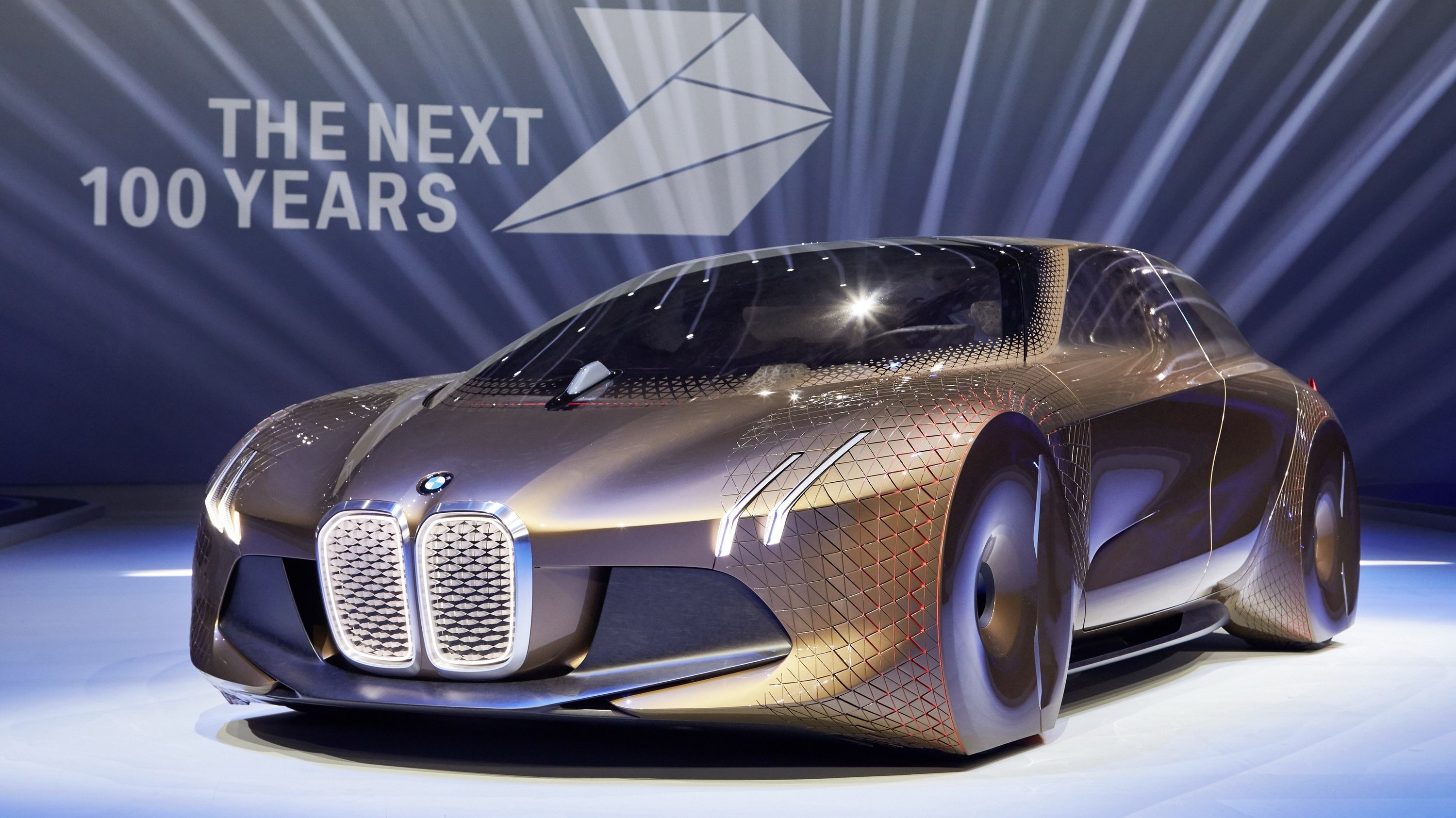BMW has its sights sets on launching autonomous driving vehicles in China and the timetable has been set for 2021. Speaking at a summit on artificial intelligence and robotics in Shenzhen, BMW senior manager for highly automated driving Maximilian Doemling made the proclamation about the German automaker’s ambitious plan to have fully autonomous vehicles hit the streets in five years.
It’s no secret that BMW is already hard at work developing the technology that it plans to utilize as part of the company’s “Project i Next.” The 2021 timetable has also been talked about before, most recently by BMW board member Klaus Froehlich, who spoke with Automotive News back in June 2016 about the automaker’s plan to roll out a flagship autonomous model by 2021.
Doemling took it a step further when he expounded on the potential functions of BMW’s autonomous technology, describing a self-driving car in its most literal sense: a car that drives, changes lanes, and does everything by itself, enabling the driver to do other things like play with a smartphone.
It’s an ambitious statement to make, even for a company of BMW’s size and stature. That’s especially true today when Tesla, the first company to roll out autonomous driving technology in its cars, has resisted from describing the system as “self-driving” in the wake of multiple crashes and accidents that have been attributed to the electric car maker’s Autopilot system.
Only time will tell if BMW’s version of autonomous driving will live up to Doemling’s description. What appears certain though is that the German automaker is confident that it will have its autonomous driving cars out on the streets by 2021 with China being one of the first markets, if not the first itself, to get them.
Continue after the jump to read the full story.
Why it matters
Maximilian Doemling’s comments are significant because he’s basically saying that the autonomous driving technology that BMW is developing will be a marked improvement from what Tesla’s Autopilot currently has. It’s a bold move to take the handcuffs off the “self-driving” phrase and use it in a literal way, which is what Doemling hinted, as quoted by China’s CRI English website.
On the one hand, it’s great to see someone from BMW make that proclamation in the wake of all the negative publicity being attached to Tesla’s Autopilot system. There’s no going around it. Autonomous driving vehicles will play a significant role in shaping the future of the auto industry. IHS Automotive even estimates that in 20 years, self-driving cars will make up about 10 percent of the global auto market. But that estimate is contingent on how far automakers can develop their respective technologies to make it happen. Tesla’s leading the way, but it also acknowledges that it has a long way to go before it can comfortably say that its Autopilot technology can function perfectly without any driver assistance. But having a BMW exec come out and say that it can develop that specific technology in five years could provide huge boost of confidence to the market.
On the other hand, I’m not entirely sure BMW would be better of having these comments around. Given how far Tesla has come and how far it still has to go to develop its own tech, BMW probably didn’t need the kind of pressure on its side as it continues to develop its own technology. That’s not to say that the German automaker can’t do it, but it probably would’ve been better off keeping the development on the down-low for the time being.
In any case, let’s hope that if autonomous driving technology really plays a significant role in shaping the future of the auto industry, automakers like Tesla and BMW can pull through and develop the technology in such a way that it works properly so that it can earn the people’s trust, both in the short and long term.
And as far as China is concerned, it's no surprise that BMW is targeting that market first. It is, after all, the biggest auto market in the world. That distinction comes with the potential for a company like BMW to significantly increase its sales volume.

